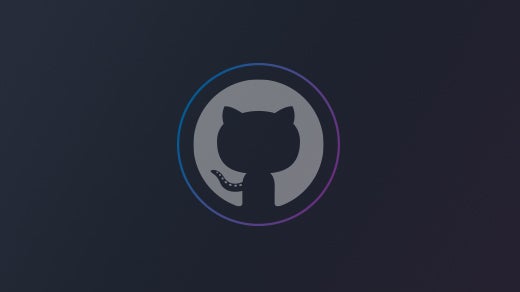Table of Contents
- Introduction
- Why Contribute to Open Source?
- Getting Started
- Contributing to Open Source
- Open Source Etiquette
- Growth and Learning
- Conclusion
Introduction
Open source is more than just software—it's a global movement that thrives on collaboration, transparency, and shared knowledge. Contributing to open source projects allows you to not only give back to the community but also enhance your skills and build meaningful connections. In this blog, we'll dive into the details of how to get involved in open source, from choosing a project to making your first pull request.
Why Contribute to Open Source?
Contributing to open source has several benefits:
- Skill Development: Enhance your coding, collaboration, and communication skills.
- Portfolio Building: Showcase your contributions to potential employers.
- Networking: Connect with like-minded individuals and professionals.
- Giving Back: Help improve software that is used by millions of people.
- Learning Opportunities: Gain insights into different programming languages, tools, and technologies.
Getting Started
1. Choose a Project
Select a project that aligns with your interests and skill level. GitHub, GitLab, and other platforms host a plethora of open source projects across various domains.
2. Familiarize Yourself
Understand the project's goals, documentation, and contribution guidelines. Read the README and explore the issue tracker to identify areas where you can contribute.
3. Set Up Your Environment
Install the necessary tools, dependencies, and version control systems to work on the project. This might include Git, a code editor, and development frameworks.
Contributing to Open Source
1. Issue Tracking
Browse the project's issue tracker to find tasks that need attention. Look for issues labeled as "beginner-friendly" or "good first issue" for a smooth start.
2. Fork the Repository
Fork the project's repository to create your own copy. This allows you to work on changes without affecting the original codebase.
3. Make Changes
Write code, fix bugs, or contribute to documentation. Follow the project's coding style and guidelines. Test your changes thoroughly.
4. Create a Pull Request
Submit a pull request (PR) to the original repository. Explain your changes, the problem they solve, and the testing you've done. Your PR will be reviewed by maintainers and contributors.
5. Collaborate and Iterate
Expect feedback from the community. Address any requested changes or improvements. Collaboration and iteration are key in the open source world.
Open Source Etiquette
- Respect Guidelines: Follow the project's contribution guidelines, coding style, and code of conduct.
- Effective Communication: Engage in respectful, concise, and clear communication with maintainers and contributors.
- Feedback Handling: Embrace feedback positively and be open to suggestions and improvements.
Growth and Learning
Open source is a continuous learning journey:
- Code Reviews: Learn from feedback provided during code reviews.
- Collaboration: Collaborate with experienced developers to learn best practices.
- Problem Solving: Tackle challenging issues to enhance your problem-solving skills.
Conclusion
Contributing to open source is an enriching experience that empowers you to grow as a developer, connect with a global community, and make a meaningful impact. By understanding the process, etiquette, and the value of collaboration, you embark on a journey that not only benefits your career but also contributes to the progress of technology worldwide.

